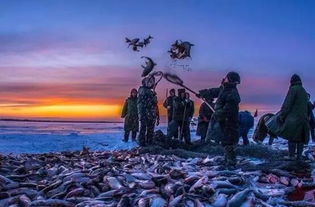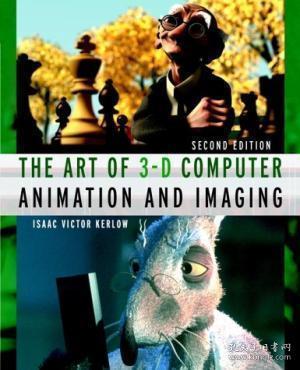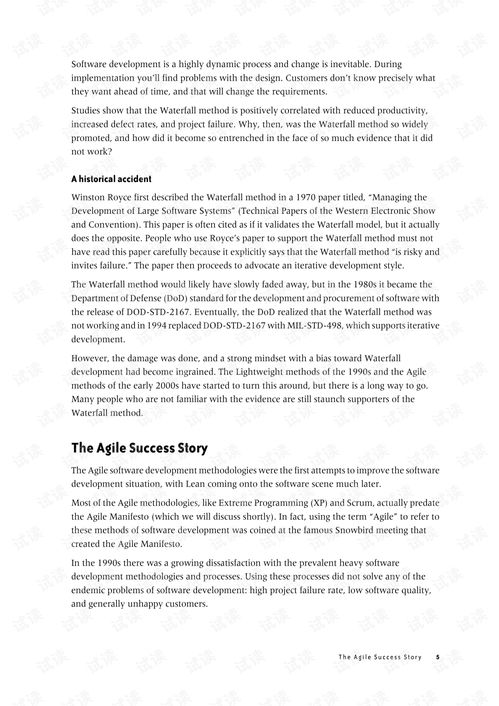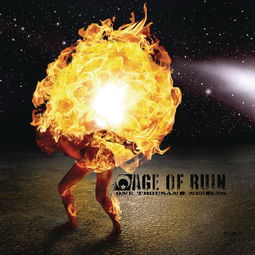Introduction:
Fly fishing, an ancient and revered sport, has captivated anglers for centuries with its blend of skill, patience, and the sheer joy of catching fish. Writing an essay about fly fishing techniques requires a careful balance of descriptive language, technical detail, and personal anecdotes. This article will guide you through the process of crafting a compelling and informative essay on the art of fly fishing.
I. Introduction to Fly Fishing
Begin your essay with an engaging introduction that captures the essence of fly fishing. Explain what fly fishing is and its appeal to both beginners and seasoned anglers. You might start with a personal story or a vivid description of a memorable fly fishing experience.
Example:
"Fly fishing, a timeless pursuit that requires a delicate touch and a deep connection with nature, has always held a special place in my heart. The first time I cast a fly rod, I was instantly hooked by the thrill of the chase and the beauty of the water. In this essay, I will delve into the intricacies of fly fishing techniques, offering insights into the art of luring fish with a fly."
II. Basic Fly Fishing Equipment
Next, provide a detailed description of the essential equipment needed for fly fishing. Discuss the various types of rods, reels, lines, leaders, and flies. Explain the purpose of each item and how they contribute to the fishing experience.
Example:
"The foundation of successful fly fishing lies in the right equipment. A fly rod is designed to cast lightweight flies with precision, while a fly reel provides smooth operation and efficient line retrieval. The fly line, often tapered to ensure a natural presentation, is crucial for reaching distant fish. A leader, typically made of monofilament, connects the fly line to the fly and is designed to mimic the natural movement of insects. Lastly, the fly itself, a meticulously crafted lure that imitates aquatic insects, is the key to attracting fish."
III. Casting Techniques
One of the most challenging aspects of fly fishing is casting. Describe the different casting techniques, such as the overhead cast, roll cast, and sidearm cast, and explain how each is used in various fishing scenarios.
Example:
"Casting is an art form in fly fishing, requiring practice and precision. The overhead cast is the most common technique, used to cast flies over long distances. The roll cast is ideal for casting into tight spots or when you need to cover a lot of water quickly. The sidearm cast is perfect for casting across currents and can be particularly effective in windy conditions."
IV. Fly Selection and Presentation
Discuss the importance of selecting the right fly and how to present it effectively. Explain the factors that influence fly selection, such as water temperature, insect activity, and fish behavior.
Example:
"Choosing the right fly is as important as casting. A fly that closely matches the natural insects in the water is more likely to attract fish. To present the fly effectively, you must understand the behavior of the fish you're targeting. For example, a fish that feeds on the surface may require a dry fly presentation, while a fish feeding on subsurface insects may require a nymph or streamer."
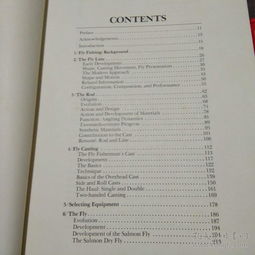
V. Knots and Ties
Teach your readers about the importance of knots and ties in fly fishing. Describe the most common knots, such as the improved clinch knot, the surgeon's knot, and the blood knot, and provide step-by-step instructions on how to tie them.
Example:
"Knots and ties are the unsung heroes of fly fishing, ensuring that your equipment stays connected and functional. The improved clinch knot is a versatile and reliable option for attaching flies to leaders. The surgeon's knot is ideal for joining two lines of different diameters, while the blood knot is perfect for attaching leaders to fly lines."
VI. Conservation and Ethics
Emphasize the importance of conservation and ethical angling practices. Discuss the impact of human activity on fish populations and the steps anglers can take to minimize their impact on the environment.
Example:
"Conservation and ethics are integral to the fly fishing community. By practicing catch-and-release, using barbless hooks, and avoiding overfishing, anglers can help preserve the health of fish populations and ensure that future generations can enjoy the sport of fly fishing."
VII. Conclusion
Conclude your essay by summarizing the key points and reflecting on the personal significance of fly fishing. Encourage your readers to embrace the challenge and beauty of fly fishing and to respect the natural world.
Example:
"In conclusion, fly fishing is a sport that challenges the mind, tests the soul, and offers a profound connection with nature. By mastering the art of fly fishing, we not only become better anglers but also more mindful stewards of the environment. Let us all cherish this beautiful pastime and strive to preserve it for generations to come."
This article provides a comprehensive guide to writing an essay on fly fishing techniques, covering everything from basic equipment to conservation practices. With vivid descriptions, technical detail, and personal anecdotes, your essay will engage readers and offer valuable insights into the world of fly fishing.

